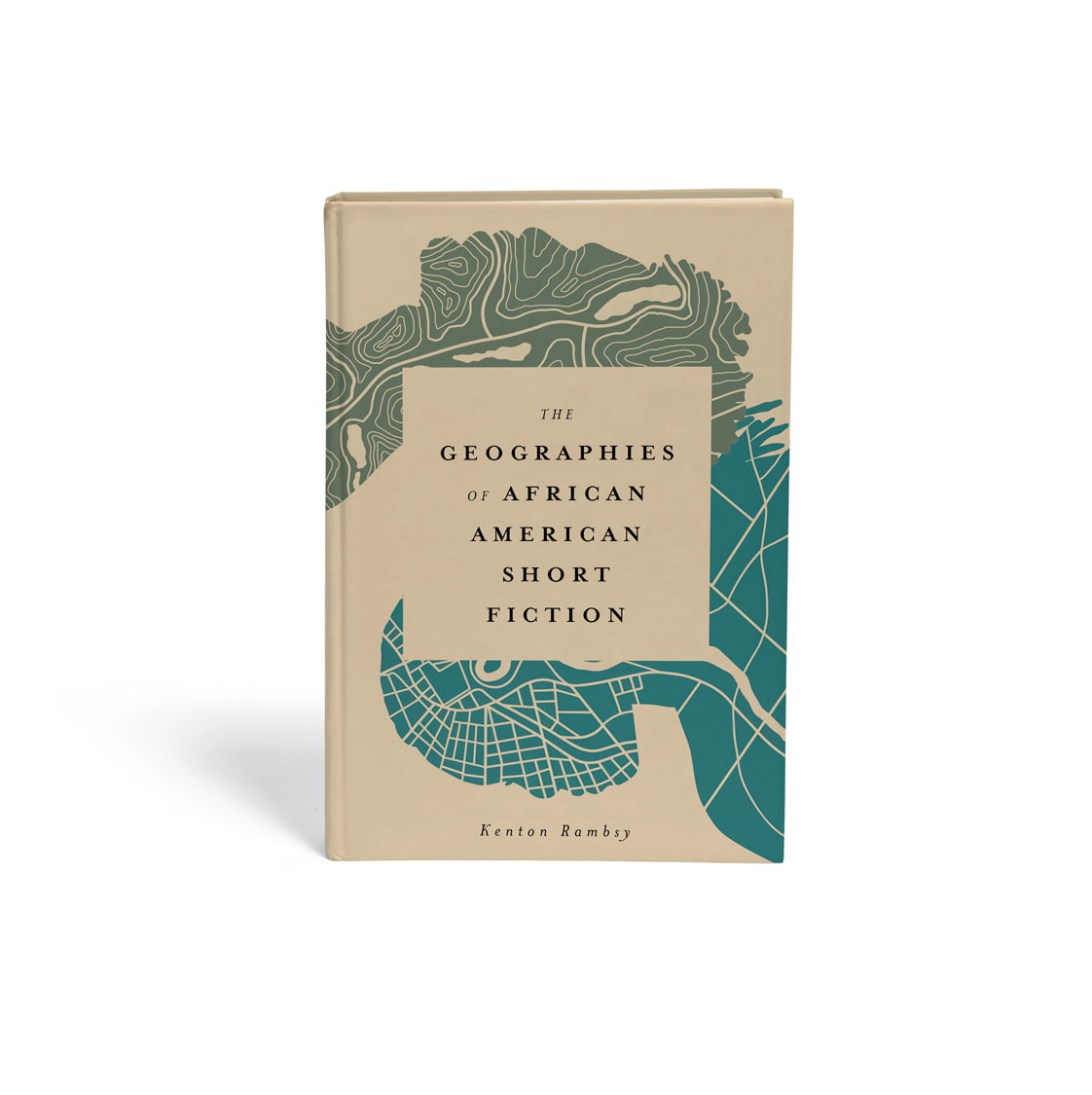Black authors as cultural cartographers
An English faculty member at The University of Texas at Arlington aims to present African American short story writers as cultural cartographers by using quantitative information and an extensive literary dataset.
In his new book, The Geographies of African American Short Fiction, Kenton Rambsy, assistant professor of African American literature, examines geographical references within African American short stories. He calls the book a “long-overdue” history of short stories in Black literature that explores the significance of story setting in racial representation.
“I'm a literature professor—but on the other hand, I use data to investigate Black art,” Rambsy said.
His book focuses on a core group of short story authors that includes James Baldwin, Toni Cade Bambara, Charles Chesnutt, Ralph Ellison, Zora Neale Hurston and Richard Wright. Rambsy analyzes the ways these African American short story writers plot diverse characters across multiple locations—from small towns to big cities to rural forests to apartment buildings to prisons.
“I come from a family of English majors,” Rambsy said. “I followed in their footsteps and fell in love with the idea that you are able to transport yourself to different places without actually ever leaving your house.”
Rambsy documents a variety of geographic references within selected short stories to show how the authors make cultural spaces integral to their work. Additionally, his ongoing digital humanities projects use quantitative and qualitative datasets to illuminate the significance of themes and trends in African American literature and social history.
“We live in a world full of data, but not all data is accessible, particularly academic research,” Rambsy said. “As digital humanities continue to emerge, I've been focusing intently on building datasets about Black art.”

